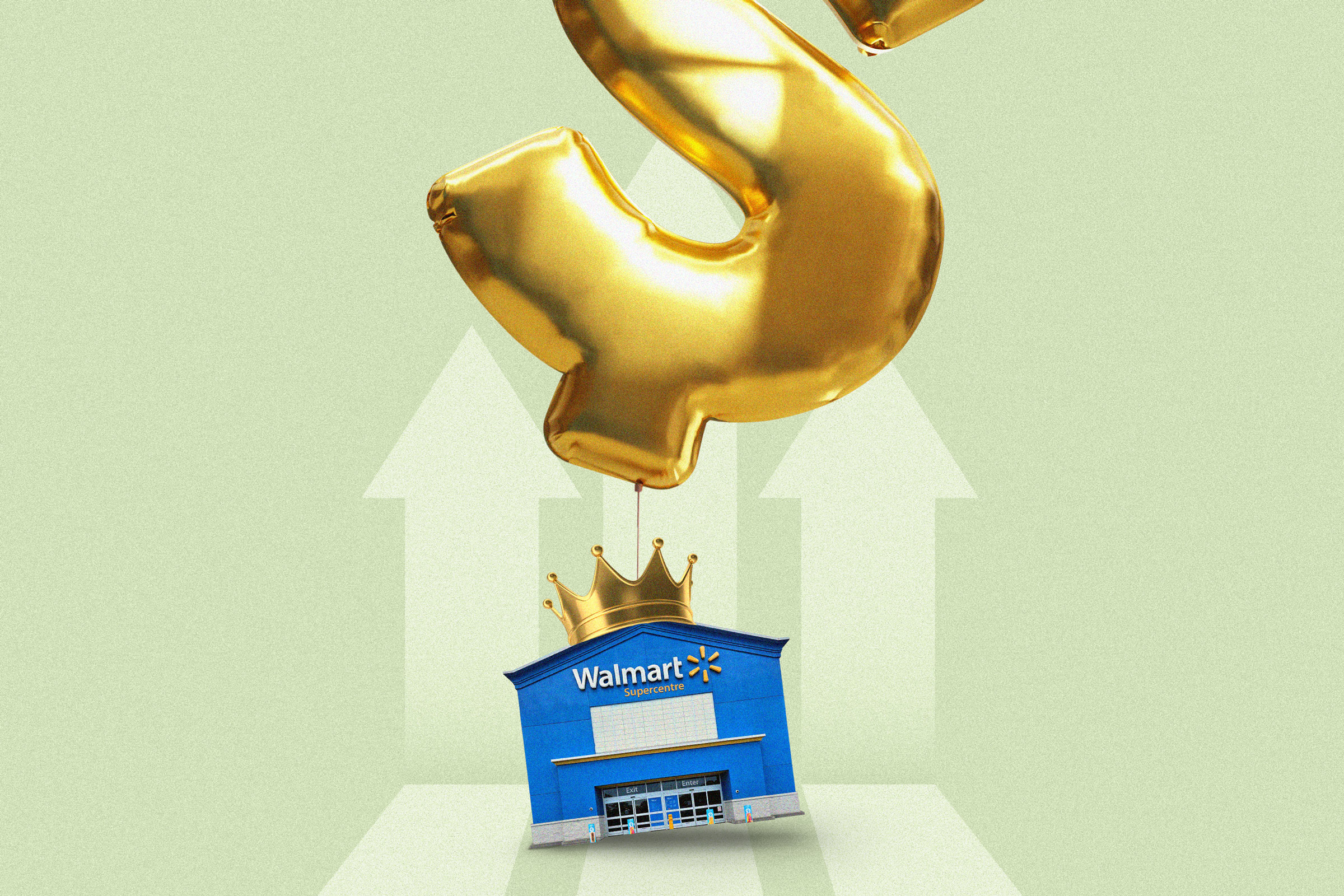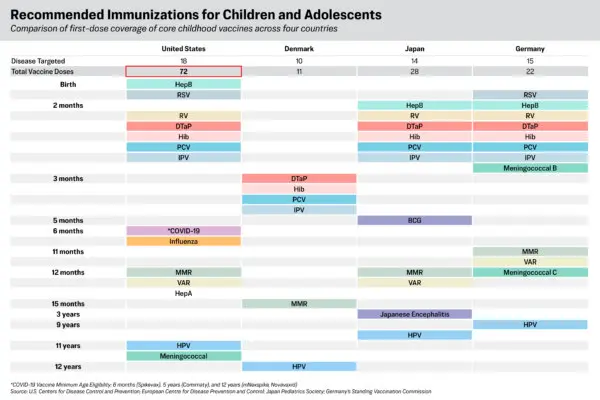In an economic climate of high inflation, Walmart has emerged as the retail victor, offering cheap goods to cost-conscious consumers. As millions of shoppers grapple with rising prices, the retail titan has managed to attract a wide range of customers, from low-income to high-net-worth households.
Since Walmart shares helped the Dow Jones Industrial Average march toward a record high of 40,000 on May 17, Wall Street has been delving into the company’s success story, concluding that its strong earnings have been supported by consumers hunting for bargains.










